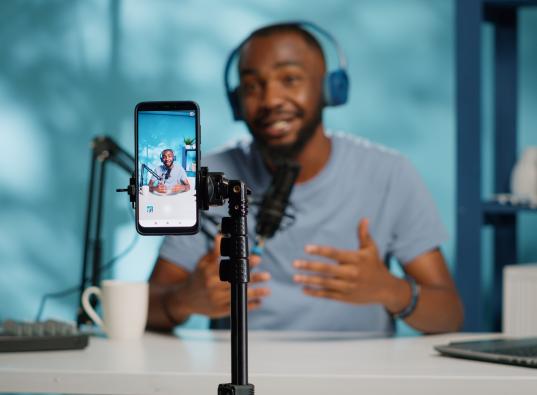What do mobile users expect from UX?
Any web development company worth their salt knows that the customer is king. If you are creating mobile apps, you will need to think about how the mobile device is being used and what consumers expect from a mobile user interface. But this can be difficult for even the most successful web development companies in South Africa, as consumer requirements are always shifting.
If you are looking into mobile web application development the user experience should take priority. But, what exactly do customers expect? If you can answer this question, you are well on your way to creating a mobile website or app that will wow customers. Below we discuss what users expect from UX and mobile developers.
Just the right amount of features
Take a leaf out of Goldilocks’ book and prioritise the right features. Sometimes, a mobile web or app development company tries to add multiple features, which does not make for a pleasant user experience. It will confuse the user and could even cause them to visit another site or use another app to perform the services they need.
Your mobile website design should be simple, clean, and should only have the most necessary features on offer to users. It should be highly focused and only offer what can improve the UX. For example, you could use a simple menu for people to choose from with simplified pages that take them directly to where they need to be. A hamburger button is ideal for a mobile website as it is simple, easy to implement and provides the right amount of features.
Less content but the same value
For a desktop site, having more content is great. But for a mobile website, this is not the case. You should never overwhelm your users with large amounts of irrelevant content and always keep the smaller screen in mind when you are uploading blogs, photographs or videos to the site.
You will also need to be sure that the content you load on both your desktop and mobile website is supported by all devices and whatever operating system the user’s phone has. And you should shorten page descriptions for easy bookmarking on a mobile device. The content that you do put onto the mobile site should still have the same value to consumers, so be sure to curate content that will add value. Or you could look into making a desktop site that can be translated into a mobile version.
Easy navigation
Navigating a mobile website should be as easy and quick as navigating a desktop site. It is important to remember that smartphones have touch screens and no mice, which makes for navigation that can be difficult if the site they are on is confusing and cluttered. Therefore, you should make navigation easy for users, including improving the site speed and menus.
You should use navigation patterns that users know and understand. For example, placing the logo on the top left-hand side of the page and making it so that it links back to the homepage from whichever page they are on. Think about your information architecture and look for ways to improve it so that destinations only require the minimum amount of actions to reach. Keep navigation consistent on every page for a good user experience.
People expect personalisation
In today’s digital world, people expect personalisation, especially in mobile websites and apps that they use. It is important to build websites and apps that react to demographics such as location, interests, needs, and habits. This way, your users will have an engaging experience that is tailored to their preferences, allowing them to interact with your brand on a deeper level.
While you might not be able to build a mobile website that changes for every user, you can use AI and machine learning to provide them with offers that relate to their location or preferences. For example, if you are building an e-commerce website, you could provide users the option to set their location in order to view the deals in their area. Or you could provide suggestions for them based on their shopping preferences and website activity.
UX and mobile go hand-in-hand
Thinking about UX is an important part of building any website, whether it is mobile or desktop. Start by including only the necessary amount of features and removing those that do not add value to the site. Be sure that the content included is relevant and valuable but not overwhelming. Ensure that the navigation is simple and easy-to-use too. A personalised site is always ideal, so speak to us today about what we can do for you.
Need Assistance with Digital Strategy?
Rogerwilco’s team of strategists, business analysts and data scientists is here to help.





